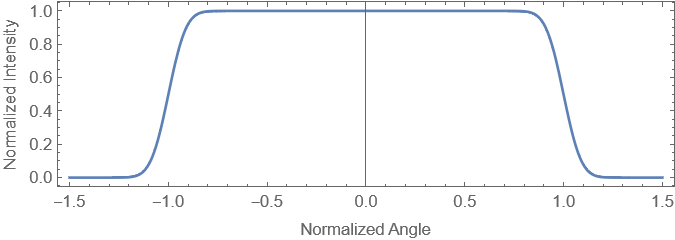Hello Ryan,
In sequential mode I would model the output of the fiber as an object with fields set to object height, The maximum field should be equal to the radius of the fiber. The system aperture shoud be set to object space NA with the NA value matching the fiber. Checking telecentric object space will let the fiber act as a source rather than allowing OpticStudio to target the stop. These settings will allow optimization for image quality across the fiber diameter.
To simulate the resulting image in sequential mode, I would use Geometric Image Analysis. One of the source files that comes with OS is circle.ima. That is a disk filling a square field. If you then set field size equal to the diameter of the fiber you will be imaging a disk emission of the modeled NA. This provides a qualitative output (or perhaps semi-quantitative). For a quantitative simulation I use non-sequential mode. It's worth noting that neither of these methods simulate diffraction effects
The attached file is an example. It implements the design of a 200um NA 0.22 fiber output being imaged with a magnification of 3x. A singlet with one aspheric surface and one spherical surface is diffraction limited at 550nm.
Kind regards,
David






